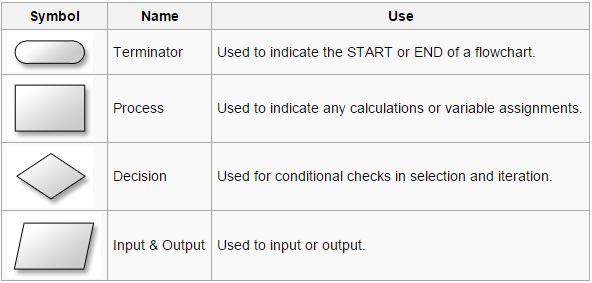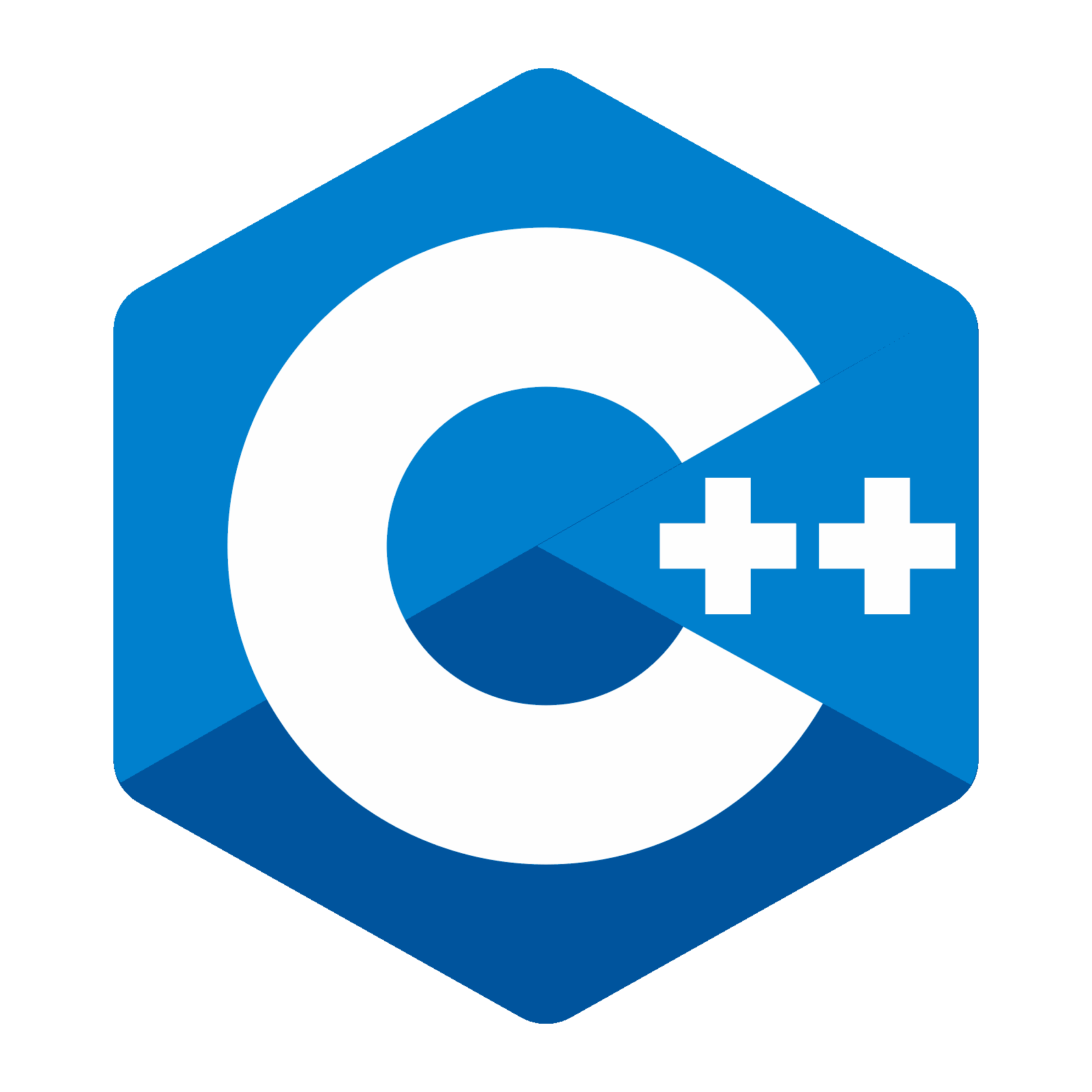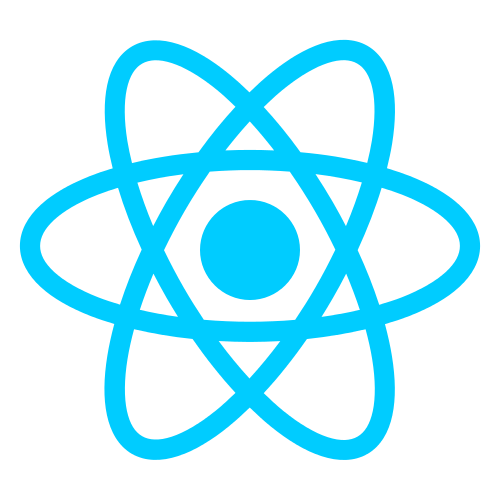Understanding Pseudocode and Flowcharts
Demystifying the tools used in programming planning and design.
Before diving into actual coding, developers often use pseudocode and flowcharts as essential tools for planning and designing algorithms. These tools provide a visual representation and a structured description of the logic behind a program.
Pseudocode
Pseudocode is a high-level description of a computer program or algorithm that uses a mixture of natural language and basic programming constructs. It provides a way for developers to outline the steps of an algorithm without getting into the specifics of a particular programming language. The goal is clarity and understanding rather than strict syntax.
Here's an example of pseudocode for a simple algorithm to find the maximum of two numbers:
Procedure FindMaxNumber(num1, num2)
If num1 > num2 Then
MaxNumber = num1
Else
MaxNumber = num2
End If
Return MaxNumber
End Procedure
Flowcharts
Flowcharts are graphical representations of a process, displaying the steps and decision points in a systematic way. Different shapes represent different elements, such as rectangles for processes, diamonds for decisions, and arrows for the flow of control. Flowcharts provide a visual guide that helps developers understand the flow of a program's logic.

As shown in the example above, the flowchart visually represents the same algorithm we described earlier in pseudocode. Each shape and arrow correspond to a specific action or decision point, making it easier to comprehend the logic flow of the program.





